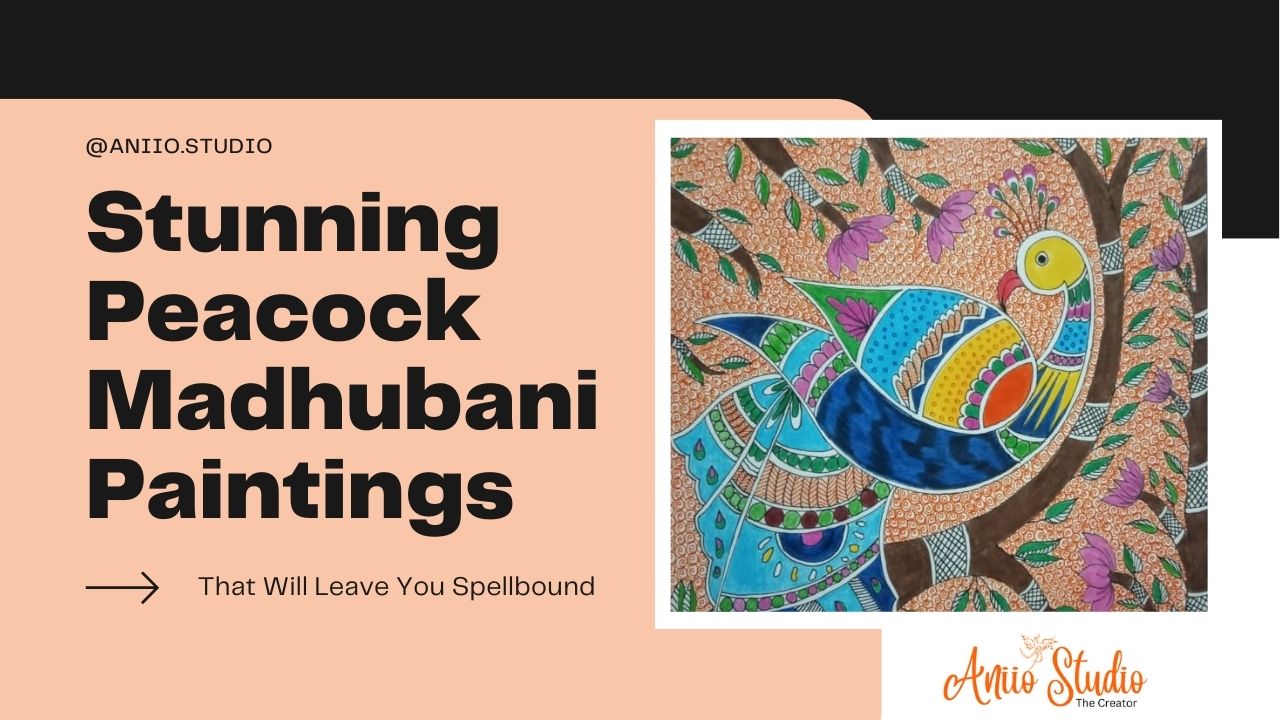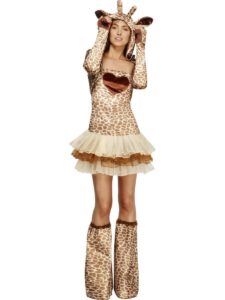Indian folk art known as “Madhubani” has its roots in the Mithila area of Bihar. Known for its intricate designs and bold colors, Madhubani art features a variety of motifs including animals, birds, and nature-inspired patterns. One of the most iconic motifs in Madhubani art is the peacock, which is believed to symbolize beauty, elegance, and good luck. In this article, we will explore the art of drawing a peacock in Madhubani style, from its history and symbolism to the step-by-step process in details. Whether you are an experienced artist or a beginner, this guide will take you through the fundamentals of creating a beautiful peacock Madhubani drawing.
Introduction to Madhubani Art
Madhubani art is a traditional form of folk art that originated in the Mithila region of Bihar, India. It is known for its intricate and colorful designs, which are created using natural pigments and brushes made from twigs and bamboo. Madhubani art is traditionally done by women on the walls and floors of their homes, but it has gained popularity around the world in recent years for its unique and beautiful style.
What is Madhubani Art?
Madhubani art is a style of painting that originated in the Mithila region of Bihar, India. It is characterized by intricate and colorful designs that often depict Hindu deities, nature, and everyday life. Madhubani art is traditionally done by women using natural pigments and brushes made from twigs and bamboo.
Overview of Peacock Motif in Madhubani Art
The peacock motif is one of the most popular motifs in Madhubani art. It is often depicted in a stylized and decorative manner, using bright and bold colors. The peacock’s feathers are often the main feature of the design, with intricate patterns and details that make them stand out.
Symbolism of the Peacock in Madhubani Art
In Hindu mythology, the peacock is considered a sacred bird and is associated with the god Kartikeya, the god of war. The representative of beauty, pride, and nobility is the peacock. In Madhubani art, the peacock is often depicted with its feathers spread wide, symbolizing its regal nature and beauty.
Materials Required for Peacock Madhubani Drawing
Pencil Colour or Paints and Brushes
One of the key materials required for Madhubani art is paint. Traditionally, natural pigments are used, but modern acrylics are also used. Brushes made from bamboo, twigs, or quills are used for painting. But now we have come to the brushes available at the manufacturer. Because wood brush may be you cannot find easily. You can use pencil color as well if you do not know about how to use acrylic or watercolor.
Paper and Other Surfaces
In the past, Madhubani art was done on mud walls or floors. However, today it is done on paper or cloth. It is also common to use a wooden board or canvas. The choice of surface depends on the artist’s preference.
Basic Drawing Tools
Other materials required for Madhubani art include pencils, erasers, and rulers for sketching the design. Black ink is used for outlining the design, and colored pencil or paint is used for filling in the details.
Step-by-Step How to Drawing a Peacock in Madhubani Style
Sketching the Peacock
Start by sketching the outline of the peacock using a pencil. Draw a circle for the head, a long thin line for the neck, and a large oval for the body. Draw a tail feather shape at the end of the oval.
Outlining with Black Ink
Trace the pencil lines with black ink, using a brush or pen. Add details such as feathers, eyes, and beak. Wipe any left pencil marks after the ink was dry.
Coloring the Peacock
Bright colors should be used to complete the peacock’s details. Add intricate patterns to the feathers using small brushes or pencil color. Once the paint has dried, the painting of Madhubani the peacock is complete. Or, if you’re using pencil color, you don’t have to let the subject dry and fix it yourself. Alternatively, leave the painting alone for 15-20 minutes and it will be ready for presentation. Take pride in it as a beautiful work of art.














